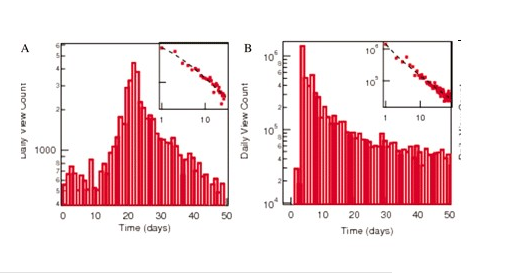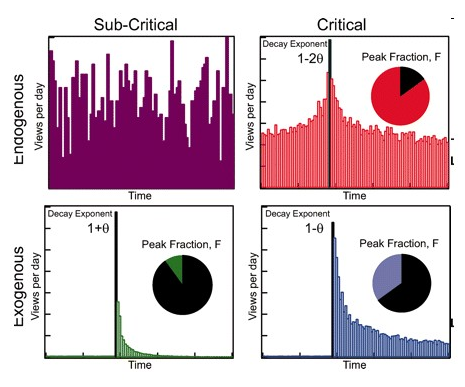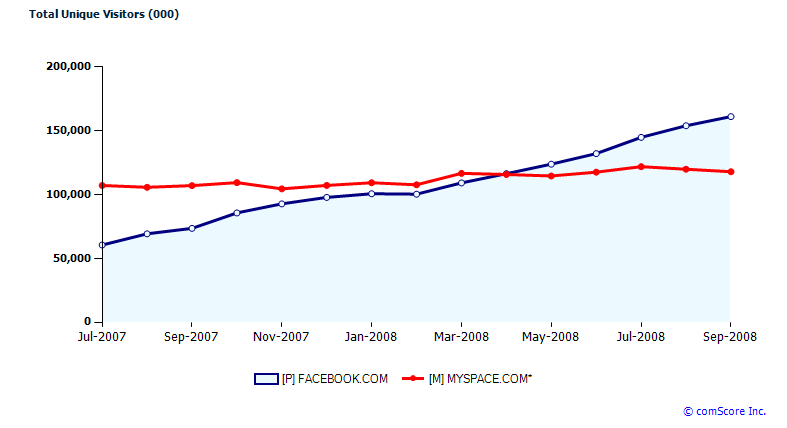By
NICHOLAS KULISHPublished: October 26, 2008
WARSAW — Poles were jolted last week by the sudden discovery that they were not immune to the financial crisis contagion rippling across the globe. The plunging stock market here and the drastic weakening of the Polish currency proved, as in so many corners of the fast-growing developing world, how wrong they were.
Piotr Malecki for The New York Times
An advertisement for 10.5 percent interest rates for savings accounts loomed over a Warsaw street on Friday. Polish banks have raised rates to lure more capital.
An electronics store in Warsaw, where the Polish currency’s decline has shocked many.
The go-go atmosphere in
Poland has abruptly stilled to a cautious wait-and-see. Developers across the country have halted building projects for thousands of apartments as banks have grown stingy with lending. The boomtown energy here has been replaced by nervous eyeing of the once powerful zloty, as it retreats in value against the dollar and the euro.
The daily newspaper Dziennik summed up the mood on Friday with a front-page headline, “Welcome to the Tough Times.” In a country that seemed to be on the fast track to full membership in the Western club, the question on everyone’s lips is, “Why us?”
Emerging markets that seemed healthy, even thriving, barely a month ago, are beginning to find themselves caught in the worldwide panic. This sharp turn has caught even the local financial guardians and experts by surprise, as they have clung to their indicators of fundamental economic soundness, while forgetting that capital stampedes rarely tarry for fine distinctions.
From Europe’s former Communist bloc to South America, fear and disbelief mingled with frustration that a breakdown in the mortgage market in the United States — one that most investors and institutions in emerging markets had avoided — was beginning to lead once again to their punishment at the indiscriminate hands of the capital markets.
“Everything is going down,” said Lukasz Tync, 28, an information technology consultant in Warsaw, who said he owned shares in 10 companies and several mutual funds and had been hit hard by five consecutive days of falling stocks at the Warsaw Stock Exchange. The country’s leading index was down 12.6 percent for the week and more than 50 percent for the year. “The thing is that there is no fundamental basis for such moves. It’s just panic.”
Adding to the pain, the zloty has fallen around 17 percent against the dollar over the past week, and more than 10 percent against the euro. The currency has fallen roughly 30 percent against the dollar in October. Economic experts are cutting growth forecasts.
Poland is still considered relatively healthy compared with Hungary and Ukraine, which have been among the hardest hit. On Sunday, the two reached tentative agreements with the
International Monetary Fund for loans and other assistance aimed at preventing their financial systems from collapsing. Ukraine will get a loan of at least $16.5 billion, while the value of Hungary’s rescue package has not been specified. Still, alarm about Hungary and Ukraine has infected Poland.
“A week ago, people would have told you that this is an oasis of calm and stability,” said Marek Matraszek, founding partner and managing director at CEC Government Relations in Warsaw, a political consultant for foreign investors. “They didn’t expect that the lack of confidence in Central Europe would bleed over from Hungary and Ukraine,” he said.
The bleeding has extended much farther. In
South Africa, the price of platinum, a major earner of foreign exchange, has cratered, from more than $2,000 an ounce in June to less than $800 now, contributing to a sharp depreciation in that country’s currency, the rand.
Brazil’s currency, the real, has fallen by more than 40 percent against the dollar since August. With a stomach-churning lurch, the Turkish lira has fallen by more than 30 percent against the dollar in recent weeks and almost 20 percent against the euro.
Fuat Karatas, 41, a dental technician in Istanbul, said he buys imported teeth-cleaning and cavity-repair materials priced in euros, but he cannot pass the rising price to customers, who pay in lira. “Now with the euro going crazy, I have no idea how things are going to work out for me,” he said. “I just want to be able to keep my lab open, nothing more.”
During more prosperous times the risks in emerging market countries were strongly underestimated, said Marek Dabrowski, president of the Center for Social and Economic Research in Warsaw. “Naturally, the global credit crunch and economic slowdown caused overshooting in the opposite direction,” he said.
Emerging-market countries are hardly a homogenous group, but they face similar challenges. The outflows of investor capital driving down their stock markets and pressuring their currencies have occurred just as the demand abroad for their products, whether commodities like oil or manufactured goods like automobiles, has begun to weaken. But the crisis has not hit the streets right away, buttressing the confidence of many in affected countries that the problems are temporary and can be weathered. Some argue that the declining value of local currencies is even a plus, because it will help these countries sell more goods abroad by making them more affordable.
“When the zloty was so strong, my import was profitable. Just now, I hope my exports will be improving,” said Krzysztof Izydorczyk, 52, owner of Comexpol, an importer and exporter of stainless steel products based in Katowice.
In South Africa, Finance Minister Trevor A. Manuel gave a budget speech to Parliament last week, saying he had seen the warning signs of trouble and had taken appropriate action.
“We can say to our people: Liduduma lidlule! The thunder will pass,” he announced.
But South Africa is not just facing unpredictable economic pressures. It is also at a perilous political moment, with a likely split in the governing
African National Congress and a strong possibility that the unemployment rate, already high, will worsen. The economy had been weakening before the global crisis, according to Pieter Laubscher, chief economist at the Bureau for Economic Research at South Africa’s Stellenbosch University.
The commodities boom had drawn investment into the country and had helped drive economic growth, Mr. Laubscher said, but that boom has now fallen victim to the worldwide slowdown.
In Brazil, leaders took pains to save wisely during the commodity boom, reform the country’s banking sector after a financial crisis in the late 1990s and diversify its trade partners. “This country has never been so prepared to face up to adversity as it is now, economically, politically and, I’d say, ideologically,”
Luiz Inácio Lula da Silva, Brazil’s president, said last week.
But last Wednesday the government empowered state-controlled banks to buy stakes in private financial institutions. Although officials denied any private banks were in danger, the announcement fueled jitters that some could fail, helping send Brazil’s stock market down more than 10 percent that day.
Poles had good reason to believe that they had avoided the stigma that causes investors in emerging markets to flee at the first hint of financial panic. Poland had joined the
European Union and
NATO, it was a close ally of the United States, it was growing robustly and enjoying swiftly rising living standards unimaginable under Communism.
Experts say there was a consensus locally that Poland would not be affected by the crisis, and that membership in the European Union would buffer it from the worst of the shocks. That consensus has begun to break down.
When the Central Bank of Hungary surprised markets last week by raising interest rates three percentage points to defend its currency, the vulnerability of Central and Eastern Europe received harsher scrutiny.
Poland illustrates the illogic but also the relentless pressure this crisis has exerted, because in many ways it was in good shape. Compared with Hungary, Poland has higher growth, lower inflation, lower interest rates, less public debt compared with the size of its economy and a smaller share of foreign loans. Poland has stronger domestic demand than Hungary to prop up the economy as consumers among its Western trading partners cut spending.
But Poland, has not adopted the euro, which might have helped insulate it somewhat. Now the prime minister, Donald Tusk, has said Poland hopes to by 2012.
Government officials in Warsaw, including the prime minister, the central banker and the finance minister, have been saying that the Polish economy remains strong and that they expect markets to stabilize. Indeed, the latest economic news out of Poland has been largely positive. Retail sales rose 11.6 percent in September, compared with the previous year, and the unemployment rate, which exceeded 20 percent just five years ago, fell 0.2 percentage points last month to 8.9 percent.
At Miedzy Nami, a restaurant in downtown Warsaw, the owner, Ewa Moisan, said she had not seen a slowdown. Yet some customers said they were beginning to feel the pinch.
The monthly payment for the apartment mortgage of one customer, Jarek Wiewiorski, has gone up by a fifth, to 1,800 zloty, about $600. “It’s not catastrophic, but it’s painful,” said Mr. Wiewiorski, 40. “One minute it’s America, the next it’s Hungary, and then suddenly, it’s here.”











 Details emerged today on Google’s broad social networking ambitions,
Details emerged today on Google’s broad social networking ambitions,